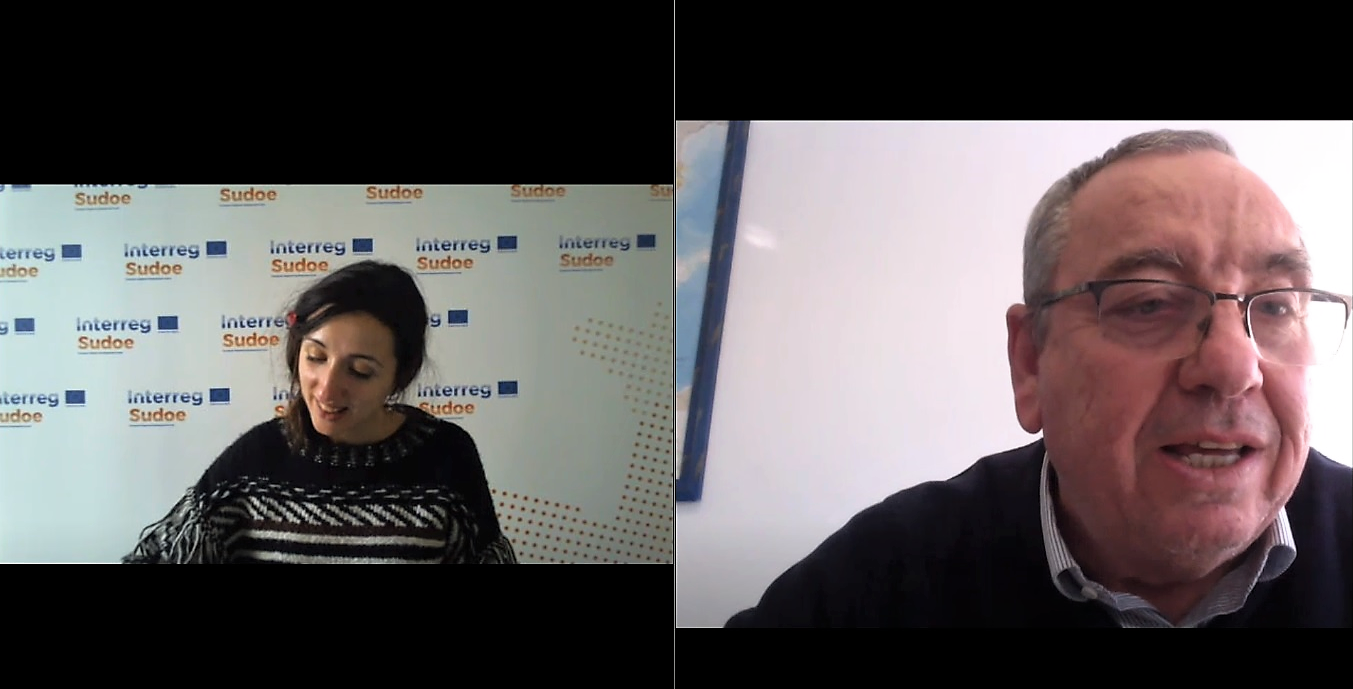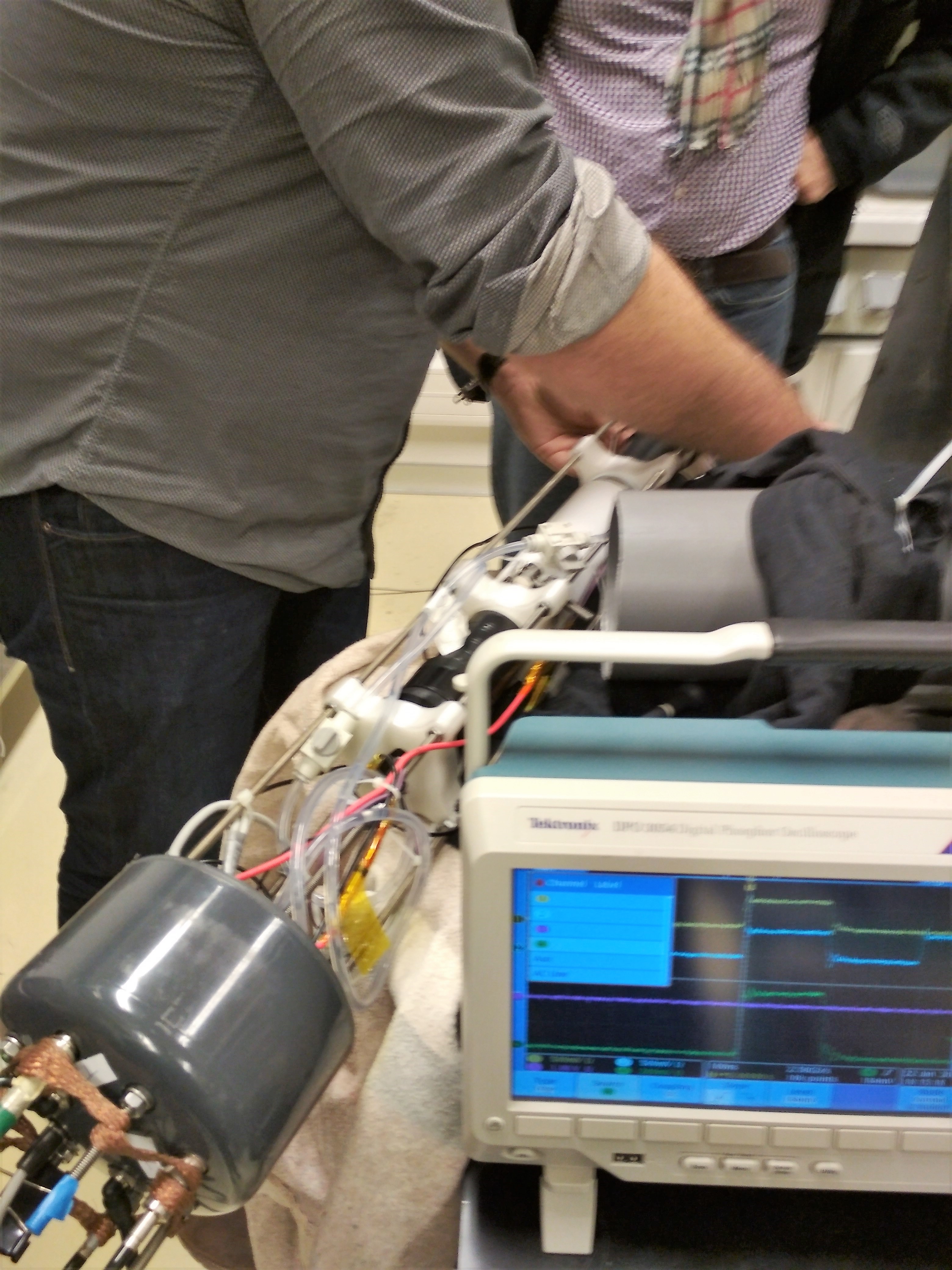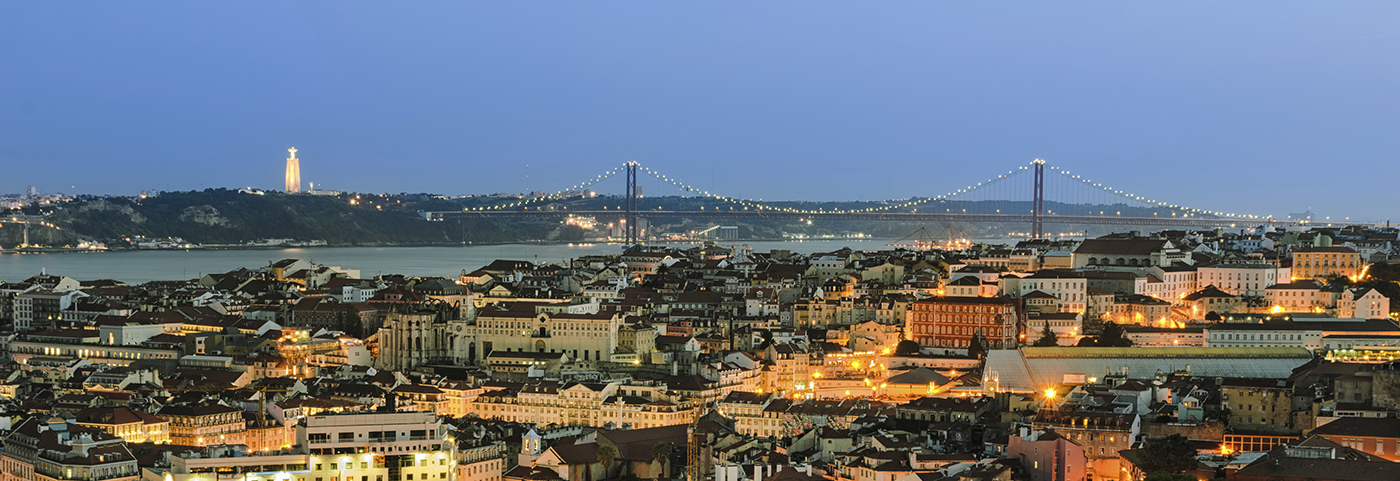Communication
Sudoe News
"Tritium is the first world detector of tritium in real time"
Categoría Management of projects approved
This month we had the luck to talk with Antonio Salvador Baeza Espasa, Professor of Applied Physics, Director of the Laboratory for Environmental Radioactivity of the Extremadura University and coordinator of TRITIUM project, a project which allows tritium‘s detection and measurement in water, in situ and real time.
1. What is Tritium about?
Tritium was born from our experience in controlling radioactive emissions from nuclear plants that we already use with the Autonomous Government of Extremadura and the Spanish Council for Nuclear Security. There are enterprises which created measurement systems which automatically identify radioactive pollution forms in the environement. Tritium is a radioactive isotope (cdrl: chemical element) which is in the water and which lasts 4 days to be detected – that means that consumers can dring contaminated water with tritium due to the detection’s lack. It is hard to measure tritium in real time and the problem is that is part of the water because, it is hydrogen. There is an European Directive which states that water is potable when it contains less than 100 becquerels of tritio per litre. And it is common that in the surroundings of nuclear plants there are waters which exceed those limits. There are detectors for other radioactive isotopes which can have inadequate levels but regarding tritium, there are not detectors which can measure in real time. That’s why we create this detector which allows us to detect tritium’s levels in waters and points out potential dangers in nuclear plants. This detector is the first one in the world: there are laboratories‘ detectors but here, it is the first tritium’s detector in the environment, in real time. In the following weeks, we are going to test the detector we have built in Aveiro (PT) in the milieu, in real conditions and in May, we will test another detector that we built in Valencia (ES), also in real conditions.
2. This project is based on the cooperation of Spanish, French and Portugal entities. ¿What was the role of each of them?
Tritrium is an applied research project. We worked together with laboratories from other countries, each of us specialised in a concrete field. The French partners are specialised in shielding systems, to isolate the detector from the milieu; Portuguese and partners from Valence are responsible for the detectors building and we have a lot of experience in alert networks such as remote information management, stations management, and so on.
3. How risky is the tritium for our health?
Its risks are similar to the tobacco’s ones. The more you smoke, more risks of pulmon’s cancer. With the tritium is the same: the more you are subjected to the organism, more probabilities to develop a cancer. This can be avoided and we should avoid it and above all, we should respect the established limits in the European Directive.
4. How does the detector work?
Our idea is based on light guides. We count on an opac container where the water enters. Some water’s molecules are made up of tritium which behaves as every radioactive isotope and aims at splitting to turn into a stable isotope. For this purpose, it emits radiations which have a lot of energy. The container is composed by many transparent fibres, made with a material similar to methacrylate, which act as detectors. When they touch an electron produced by the tritium desintegration, one of the fibres produces a light flash and this light is carried through the fibre to the container’s end where there are mechanisms which translate this light into electric charge. From there, an electronic chain translates what has been detected. Obviously, the more tritium in the water, more electrons will be produced which will be translated into more light in the container and more electric charge which will allows us to make the measurements.
5. How costly are those detectors?
The prototypes uses to be very expensive and are too big. But once we will have tested it in real conditions, we will know the adequate dimensions and features. I don’t think it will be too expensive even if in the nuclear workd, detection systems use to be costly. But it is important to point out that, today, we are talking about fusion nuclear as an option to the fision nuclear. The latter is based on the water molecules melting from reactors to get higher molecules which generate energy. In those reactors, the main contaminator will be the tritium, in industrial quantities. Therefore, tritium’s detectors will be crucial.
6. At present, nuclear energy is a controversial topic which can generate reticences among people. ¿How was the project perceived?
From the population’s point of view, the reception depends on its culture: you have the pro-nuclear ones and those who are against. Some people focus on the justification on the central plants existence but in this project, we are not here to discuss this issue but to prevent problems which can be generated by central plants. From the technical point of view, the reception has been very good and they cooperated in order us to test our equipments.
7. What are your plans for the future?
We would like to extend the life of those equipments as much as possible to check potential failures, to test their unstability, etc. and to guarantee their duration at long term. Once we will have the needed prooves of their good functionning, we will register a patent as we are convinced of the usefullness of those detectors - very useful to power plants which cool themselves in rivers‘ water. And obviously, controlling the unique radioactive isotope which is not controlled at the current days and which is very difficult to remove from water, it is important.
Thank you very much Antonio!
+ info: https://tritium-sudoe.eu/es-es/





